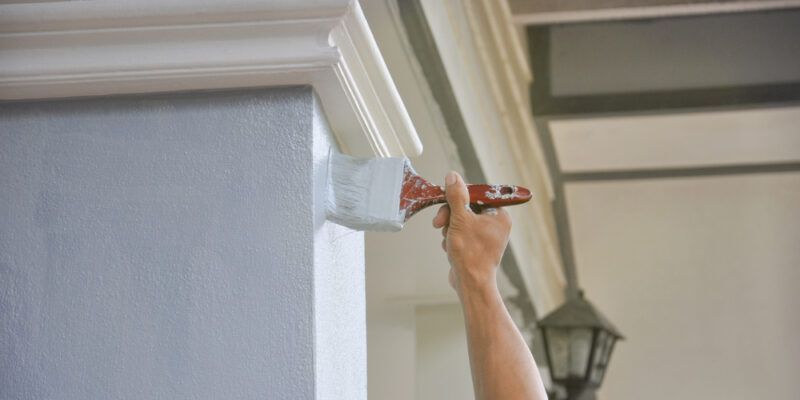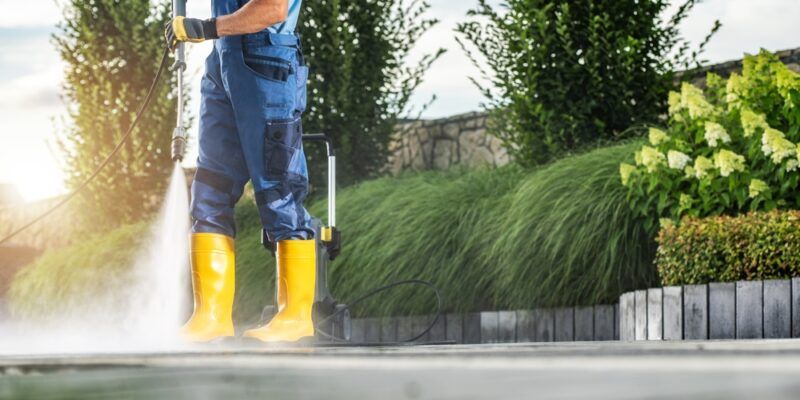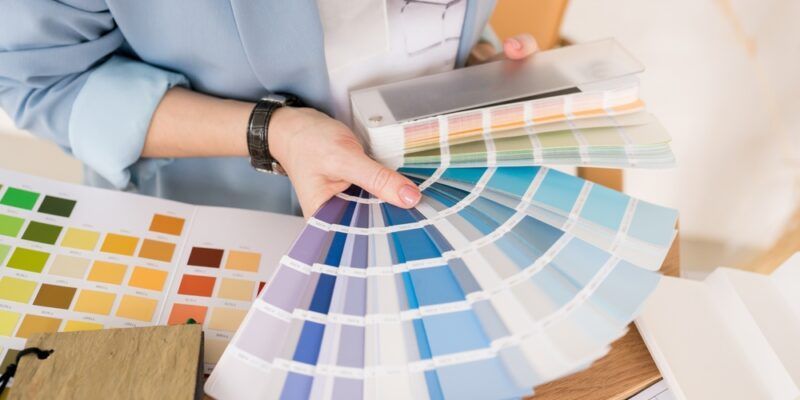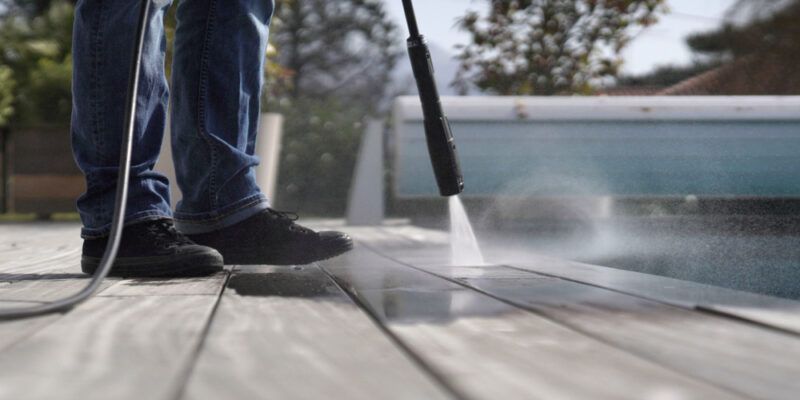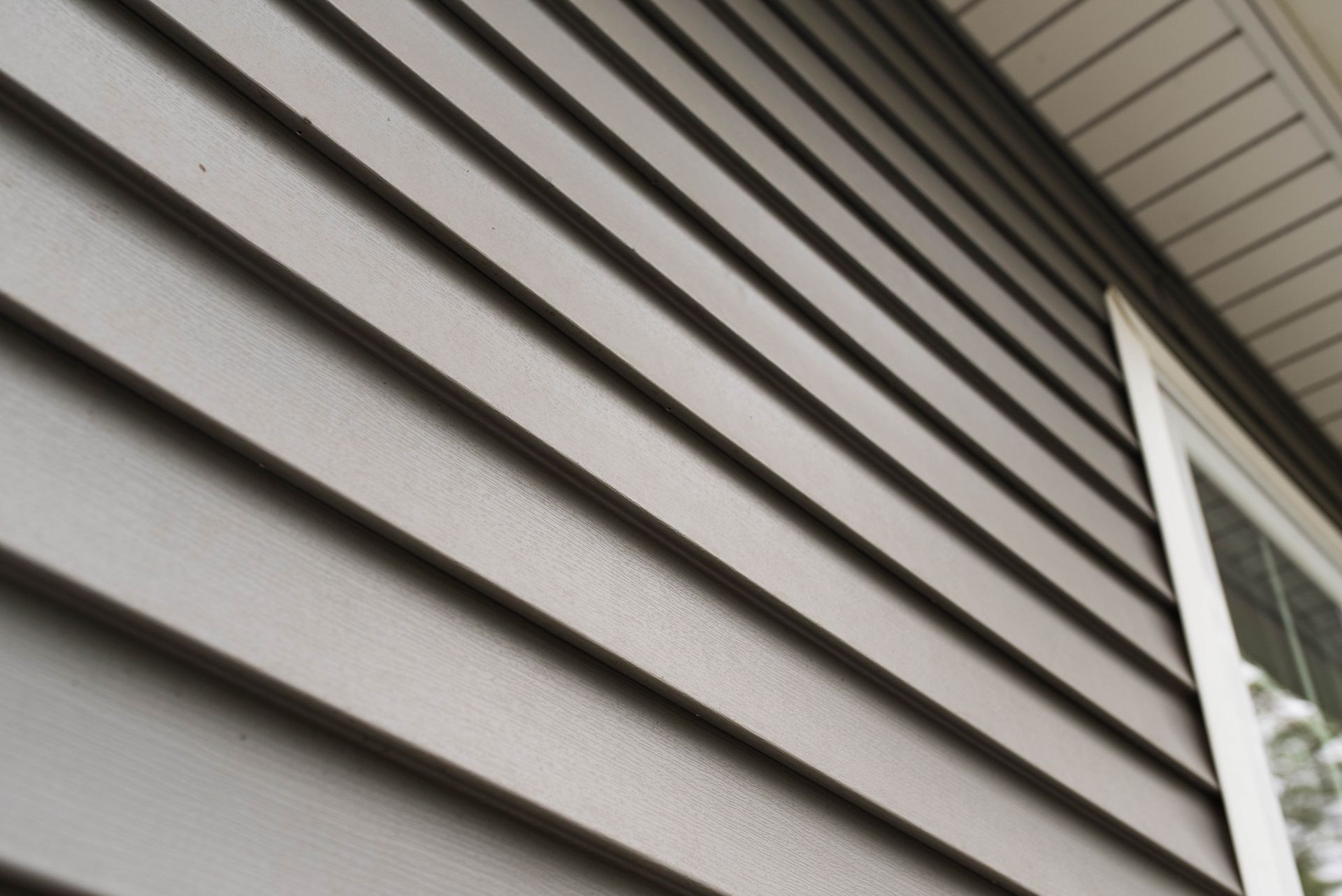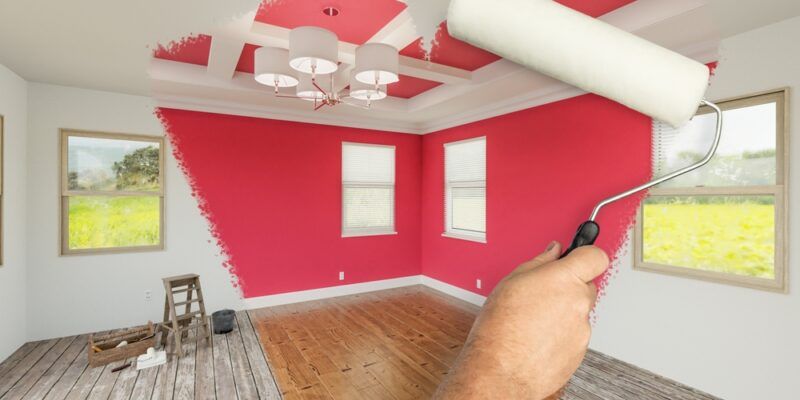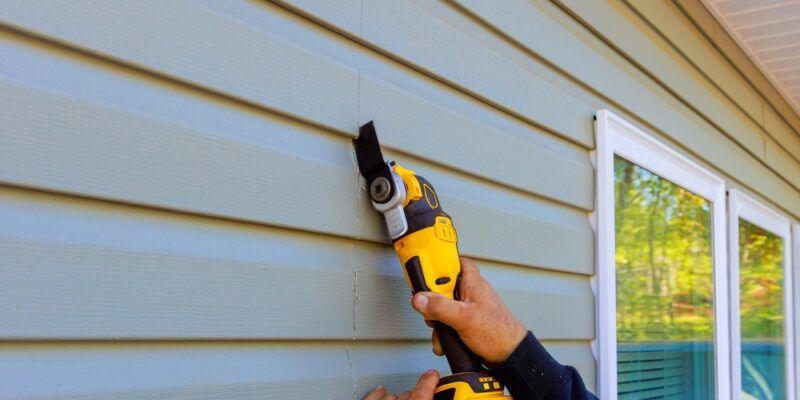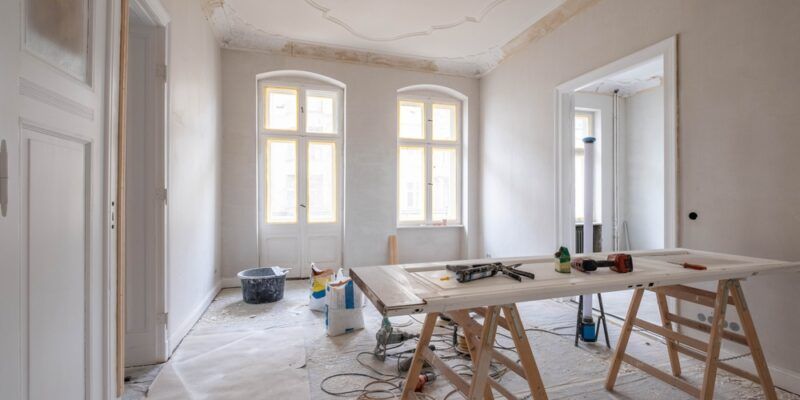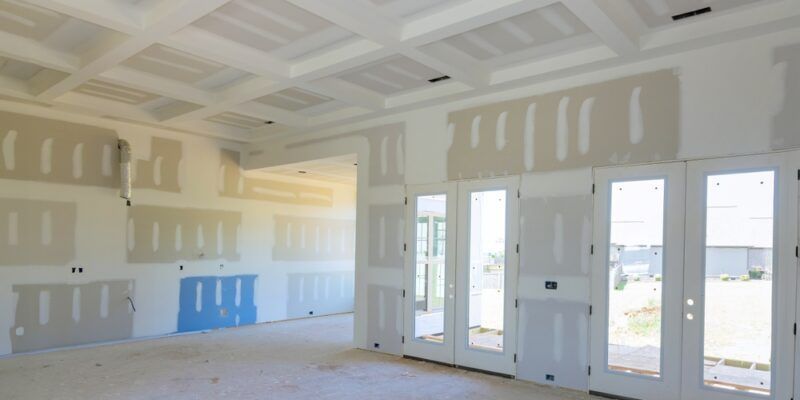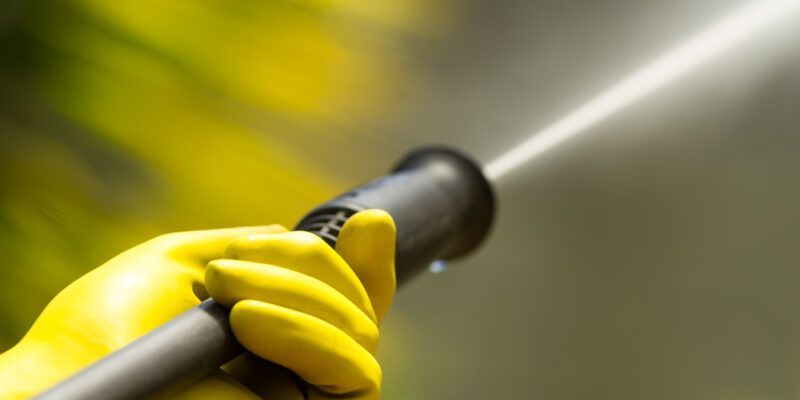What To Do When Your Exterior Paint Is Chipping
An exterior coat of paint on your home greatly enhances its look and hence its value. Furthermore, paint can shield your house against damage from ultraviolet radiation, moisture, and structural pests. However, appropriate preparation, quality materials, and good workmanship are essential to a successful paint job.
Exterior painting is more complex than interior painting because of the environmental conditions a home’s exterior is subjected to.
Exterior paint work is an extensive and laborious task, but after the whole project is complete, you can enjoy the home’s new appearance for several years. To keep your home’s exterior looking astounding, there are some paint issues you need to check out and address before they worsen.
EXTERIOR PAINT PROBLEMS
Below are the most common exterior paint problems and how to fix them.
CHALKING
Chalking occurs when the paint film decomposes into a chalky substance. Chalking is a normal way for paint to wane. However, excessive erosion can cause significant chalking, courtesy of the type of paint you used. Lower-quality, highly pigmented paint, or using interior paint on the exterior are common causes of paint erosion, resulting in chalking.
How to repair chalking:
Power wash or use a stiff bristle brush to get rid of all the residue, and rinse with a hose. Once dry, swipe your hand over the surface to check if there is any calk remaining. If there is still a significant amount of chalking, apply an oil-based or acrylic primer. Finally, repaint the surface using superior exterior paint.
FLAKING
Exterior paint flakes, revealing the substratum, can happen for several reasons, including:
- Using a low-quality paint with inadequate adhesion and flexibility
- A thin layer of paint
- Failure to properly prepare the surface
- Fast-drying of paint due to cool or windy conditions
How to repair exterior flaking paint:
If the paint damage has not started exposing the substrate, it is possible to rectify the problem by:
- Scraping or brushing the loose paint
- Sanding the region
- Priming and repainting the spots
- If the substrate is exposed, remove all the paint using a heat gun or by scraping and sanding
ALLIGATORING
This is the cracking of the surface of a paint film in a manner resembling alligator scales. This unpleasant development occurs because of applying the top coat before the undercoat is adequately dry, applying a rigid, hard coating of paint, like an alkyd enamel, over latex primer or other kinds of more supple coating, or constant contraction and expansion of naturally aging paints in regularly fluctuating temperatures.
How to repair paint alligatoring:
Remove the existing oil paint completely by scraping and sanding. To hasten the work on larger surfaces, use a heat gun. Prime the surface with a quality latex or oil-based primer. Lastly, paint with quality exterior paint.
FADING
Chalking causes fading or poor color retention. Painting using indoor grade paint or low-quality paint usually causes fading. Some paint colors fade faster than others as they are more susceptible to UV rays.
How to repair paint fading:
When fading occurs due to chalking, it is necessary to remove all the chalk. Then repaint, using quality exterior paint of a recommended color.
Do you want to fix your home’s exterior paint problems? We at Fresh Start Painting Inc. are ready to assist you with exterior and interior painting, drywall repair, pressure washing, and more. Fresh Start Painting Inc. has been in operation for the last 20 years, and thus you can rely on us for any commercial or residential work. For any help, call (850) 346-8319 or email us at http://freshstartpaintinginc.com
